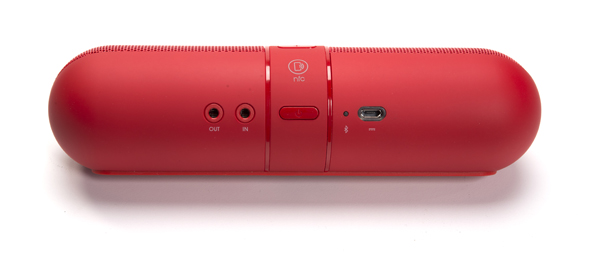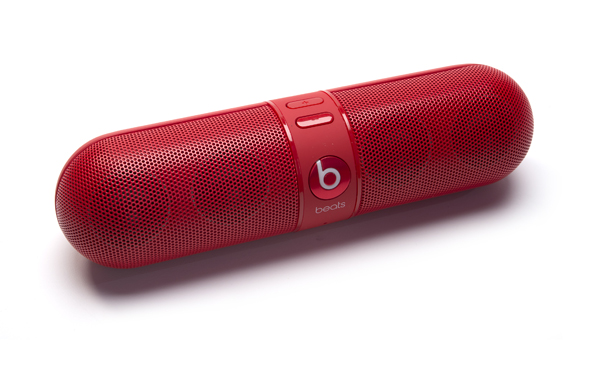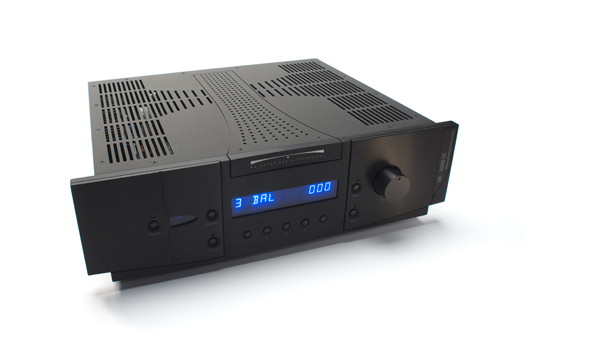 The VK-3000SE from Delaware’s Balanced Audio Technology (BAT) is a vacuum-tube linestage and a solid-state amplifier rolled into one. The latter offers 150 watts per channel into 8 ohms and twice that into 4 ohms. For the preamp section, BAT utilizes a pair of Russian 6H30 valves, which are concealed inside the unit. Some refer to these military-grade tubes as “super tubes” for their longevity and durability; they’re also alleged to have a whopping 10,000-hour lifespan. In the unlikely event of a bad tube, BAT stands behind them with a one-year warranty. (The VK-3000SE itself comes with five-year warranty.) The unit weighs in at 50 pounds and the chassis measures 19 by 5.75 by 15.5 inches. It’s priced at $7,995, which is pretty reasonable considering the amp’s broad capabilities.
The VK-3000SE from Delaware’s Balanced Audio Technology (BAT) is a vacuum-tube linestage and a solid-state amplifier rolled into one. The latter offers 150 watts per channel into 8 ohms and twice that into 4 ohms. For the preamp section, BAT utilizes a pair of Russian 6H30 valves, which are concealed inside the unit. Some refer to these military-grade tubes as “super tubes” for their longevity and durability; they’re also alleged to have a whopping 10,000-hour lifespan. In the unlikely event of a bad tube, BAT stands behind them with a one-year warranty. (The VK-3000SE itself comes with five-year warranty.) The unit weighs in at 50 pounds and the chassis measures 19 by 5.75 by 15.5 inches. It’s priced at $7,995, which is pretty reasonable considering the amp’s broad capabilities.
As you might guess by the company’s name, the VK-3000SE’s internal circuit topology accommodates a fully balanced signal. The back panel offers a combination of three single-ended RCA inputs, two balanced inputs and an RCA tape out. Metal speaker binding posts accommodate many connection options. Keep in mind that the posts are quite close together, so large speaker cables with spade connections like mine require some finagling.
In addition to the standard linestage capability of the preamp section, BAT offers a pre-installed MM/MC phonostage with the associated outboard inputs as a $1,000 upgrade option. Users have an option of a 48 or 55 dB gain, the latter being the default. Load-wise, the phono card is factory set at 47,000 ohms, but it can be adapted for other cartridges as needed. Users can make these changes themselves by removing the unit’s cover and following BAT’s instructions. The standard load works quite well with my cartridge, a Dynavector 17D3, so I didn’t make further adjustments.
Clean Design
The VK-3000SE offers a clean, elegant external design. Our sample unit sports an anodized black finish, but silver is also an option. The hefty, metal remote control has a similar finish. The chassis’ subtle curves give the amp a sleek, modern appearance. To help keep the unit cool, which is especially important given the hot tubes within, BAT utilizes a top panel with small ventilation slits at the outer edges and holes down the center in an hourglass shape.
Once powered up, the amp’s front-panel vacuum fluorescent display (VFD) shows the input choice and volume level. The font is large, blue, and very visible—it’s easy to read from my listening seat 9 feet away. For those who prefer darkness, the remote’s display button will variably dim or turn off the VFD.
A minimal number of small controls on the front panel disguise the versatility within. The visible buttons include power, mute, input, phase, mono and function, the latter of which allows access to an on-screen menu. And of course, there’s a beefy volume knob that goes from 0 to 140. According to Geoff Poore, BAT’s sales manager, the numbering scale represents a 70 db range, in half db increments. He goes on to mention “There are two other volume “scales” that can be used in the 3000SE: “DBM” and “DBU”. The unit comes with a more understandable (for consumers) “CNTS” (counts) scale. Broadcast and recording facilities are more likely to use “DBM” (-70 to 0) or “DBU” (-50 to +20). One may preset any of these different scales in the set-up with the “function” button while cycling through. We are very proud of the sophistication and accuracy of the volume control in the 3000.”
When toggling through the input options, you’ll see that the VFD has them listed as CD, tape, aux and so on, though the owner can modify the labels. Relabeling the third input as “iPod” proves very easy. Once programmed in, the amp stores these labels in its memory and remembers them even if it’s powered down and unplugged.
The function button is similarly flexible; pressing it reveals several user-selectable options for the selected input. Users can adjust balance, phase, mono/stereo and display mode, and select fixed, relative and maximum volume to equalize input sources and to avoid an inadvertent sound blast. To exit the menu, just hold the function button for two seconds. Most of this functionality is also accessible via the remote.
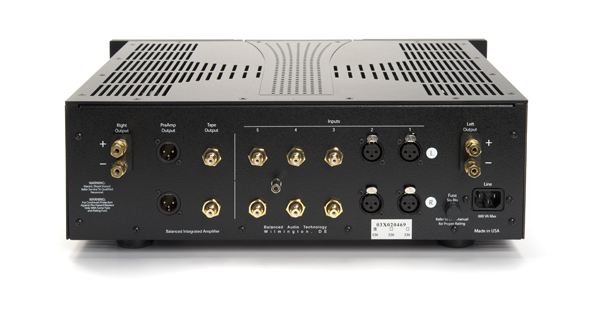
Up and Running
Setup for the single-box unit is very straightforward—just connect sources and speakers and you are ready to rock. Pressing the power button puts the VK-3000SE into a muted tube-warm-up mode; after a minute or so, a quiet click indicates the amp is ready. Pressing the button again puts the unit into a low-power standby mode, with the tubes remaining engaged. Holding down the power button for a couple seconds shuts down the unit completely.
Testing both the single-ended and balanced connections with my DAC, I find that they sound similar but have some subtle differences. The XLR connections do offer a bit quieter background, providing a little more sonic detail and nuance, and the presentation is a little more up-front. If you have the option of balanced connections, they are the way to go.
Across the frequency spectrum, VK-3000SE leans a bit to the warmer side of neutral in my system. Pitch Black’s album Rude Mechanicals provides a helpful test. The bass presentation is more relaxed than punchy and the amp has no trouble making very low frequencies known, but they never overwhelm the mix.
Extremely revealing components have a tendency to make the listener wince when playing some female vocal recordings; pleasantly, the VK-3000SE does not. Throughout Sia’s cover of “I Go to Sleep,” vocal crescendos project little stridency, despite their power. Also, as I notice in the cymbal shimmers on other tracks, the amp has a slight tradeoff of sonic realism for a touch of veil, but a degree of euphony in some circumstances is welcome. Balanced connections prove more revealing, so users should experiment with interconnects to find the sonic balance that works best in their system.
The amp’s ability to portray both a vertical and horizontal soundstage is fantastic, regardless of source material. Music extends beyond the speakers to the extreme left and right and from floor to ceiling, though front-to-back layering is not a strong point. The VK-3000SE does make it easy to pick out individual elements of a song, but it’s not a fully convincing reproduction of a live performance when band members are scattered across the front and back of the stage.
Putting the phonostage through its paces, I soon find that there’s a lot to enjoy. Analog and digital sources have similar sonic signatures through this amp, but the phonostage offers a greater sense of ease and naturalness. Vocals, like those on Daft Punk’s “Instant Crush,” move forward in the soundstage, enhancing the VK-3000SE’s front-to-back presentation. Some of that benefit, of course, is due to the analog source, but the quality of the analog reproduction is strong evidence of the effort and quality that BAT put into the unit’s phono card. It would be a challenge to find a single-box phonostage of this quality for the amp’s $1,500 phono add-on. The VK-3000SE demonstrates the synergistic value of an integrated audio solution.
Final Score
While $8,000 is a substantial investment for any piece of audio gear, it’s important to frame this product in the context of what you get for that price. You could spend a lot more money for individual components that deliver greater sonic nuance, layering, and air around each musical element, as well as a more realistic-sounding reproduction of a live concert. Of course, with added components, an owner also needs to consider the cost of extra interconnects and power cords.
The VK-3000SE is both a great preamp and a great power amp, and with the optional (and fantastic) phonostage, it’s a versatile, compact, and great-sounding piece of gear. If each of its elements were sold as individual components, the combined price would certainly be higher than the cost of the single unit, and it would be tricky to find separates that complement each other this well.
Having plenty of power and multiple input options, the VK-3000SE offers a turnkey solution that will mate well with many sources and speaker types. With a five-year warranty backing it, this is a component you’re likely to enjoy for a long time, even as the other gear in your audio arsenal evolves around it.
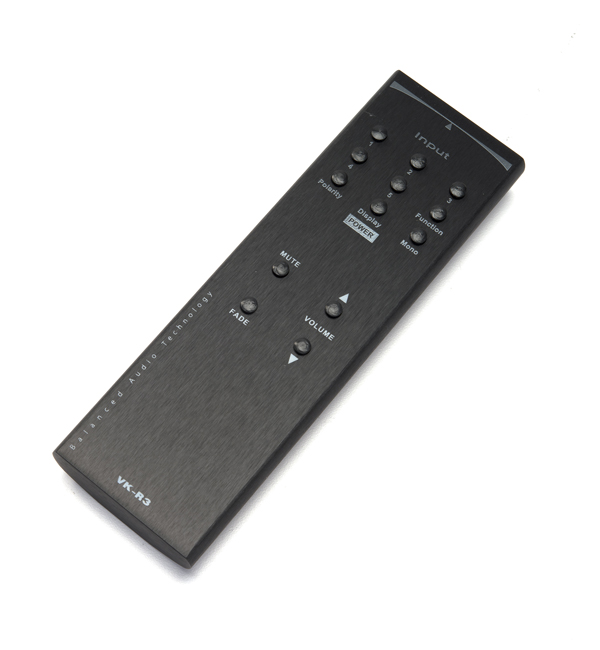
Additional Listening
By Jeff Dorgay
Having been such a big fan of BAT gear over the years, I had to hand the main review over to Rob—partly to share the excitement of the brand (with which he’s had no experience) and to deliver a more impartial review. Firing up the VK-3000SE to perform break-in duties is like putting the keys in a Porsche 911, in the sense that everything is where I remember it and, regardless of vintage, the overall ride is similar—just as the dynamic sound of BAT is like taking an old friend for a test drive.
While BAT has made a name for itself based mostly on the reputation of its fine vacuum-tube gear, the company has always made great solid-state power amplifiers, which have not always received their fair share of (well-deserved) praise. I have always loved the combination of a solid-state power amplifier and a valve preamplifier, so the VK-3000SE is right up my alley.
As much fun as modestly powered tube amplifiers are, 35 watts per channel limits your speaker choices too much, in my opinion. But 150 wpc is just right for all but the most inefficient speakers. Everything at my disposal—from the 90-dB-per-watt KEF Blades to the 84-dB-per-watt Harbeth Compact 7s—proves a good match for this amplifier, with nothing running out of steam until I crank the volume to beyond brain-damage levels.
A side-by-side comparison to another favorite, the Simaudio MOON 600i, is enlightening. Both amplifiers are similarly priced (though the MOON does not include an onboard phonostage option), yet the MOON is all solid state. Those preferring a slightly more neutral, even a touch punchier sound and who don’t care about the phono might prefer the MOON. Personally, the VK-3000SE has that combination of solid-state grunt and a touch of tubey warmth in an ever-so-slight way that is not veiled, colored or slow.
The 6H30 is a very dynamic and powerful tube, sounding nothing like, say, a 12AX7. And BAT built its reputation around this tube, and the company implements it like no other. Whether you’re blasting AC/DC, Coltrane or Coldplay, this amplifier offers a lot of inner detail and timbral purity in spades.
As good as the onboard phonostage is, choosing it will ultimately be the limiting factor for the hardcore vinyl enthusiast. But again, it’s damn good for a thousand bucks. If you are primarily digital and just dabbling with LPs, it’s fine; grab your favorite $2,500 table/arm/cartridge combo and call it a day. However, if you’re more of an analog lover or plan on serious analog upgrades in the future, order your VK-3000SE without the phonostage and go for BAT’s awesome VK-P6 instead. (We will have that review shortly). You’ll be glad you spent the extra dough. The VK-P5 was a class leader and the P6 promises even more performance for around $3,500.
High-performance integrated amps continue to be popular for the audio and music lover who wants world-class performance without buying a rack full of components. The VK-3000SE is an excellent choice, should that be your cup of tea. This is certainly one I could retire with happily ever after.
VK-3000SE Integrated Amplifier
MSRP: $7,995 (plus $1,000 for the optional phono section)
Balanced Audio Technology
www.balanced.com
PERIPHERALS
|
| Digital Sources |
HP desktop computer with Windows 7 JRiver Media Center 19 Light Harmonic DaVinci DAC Audio Research CD3 Mk2 |
| Analog Source |
SME 10 turntable with Dynavector 17D3 cartridge |
| Preamplifer |
Coffman Labs G1-A |
| Amplifier |
Mark Levinson No. 335 |
| Speakers |
Piega P-10 Sonus faber Olympica III |
| Cables |
Jena Labs |
| Power |
Running Springs Audio Haley RSA/Cardas Mongoose and Golden power cords Shunyata Python Alpha power cord |
| Accessories |
ASC Tube Traps Cathedral Sound room-dampening panels Mapleshade Samson racks Coffman Labs footers |
|



 TIDAL, the first high fidelity lossless music streaming service with HD music videos and curated editorial, today announced the launch and availability of its service in the UK and US.
TIDAL, the first high fidelity lossless music streaming service with HD music videos and curated editorial, today announced the launch and availability of its service in the UK and US.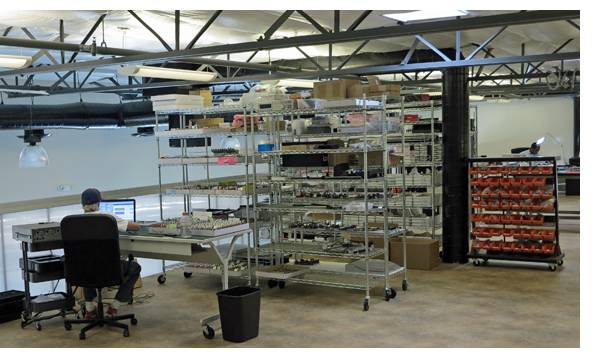
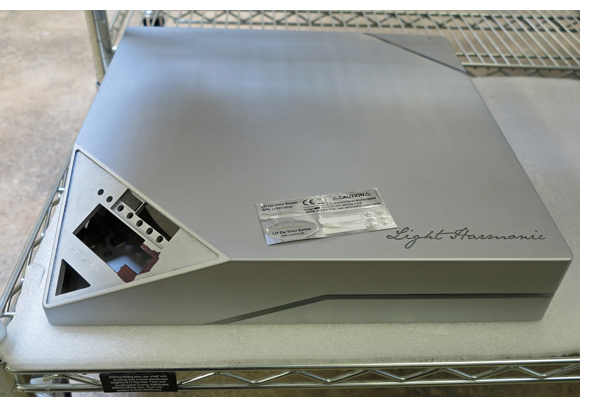
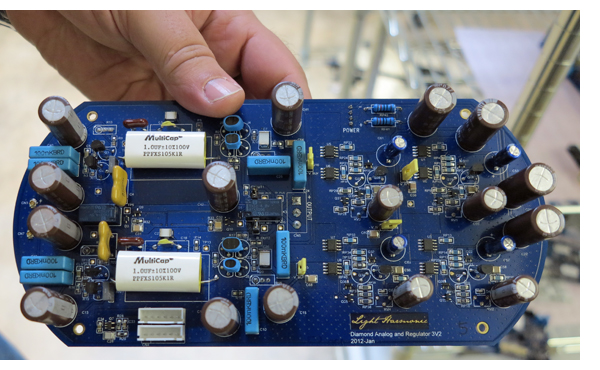
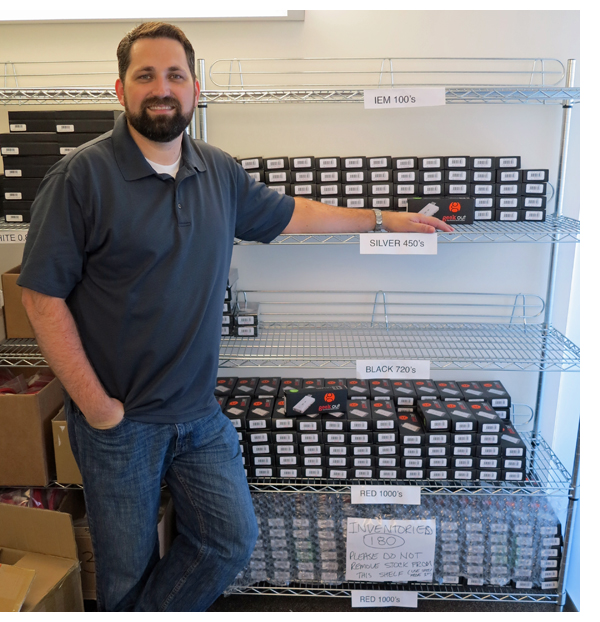
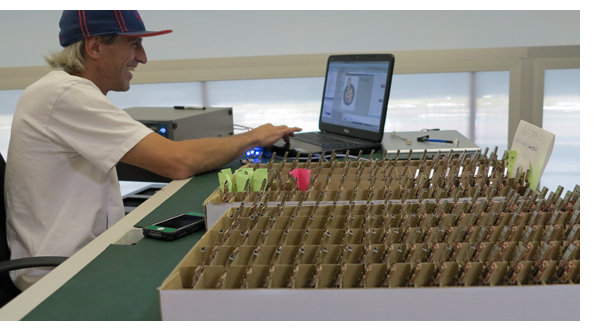
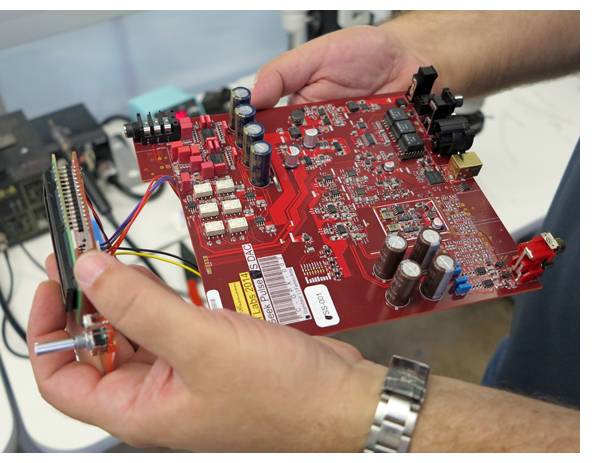
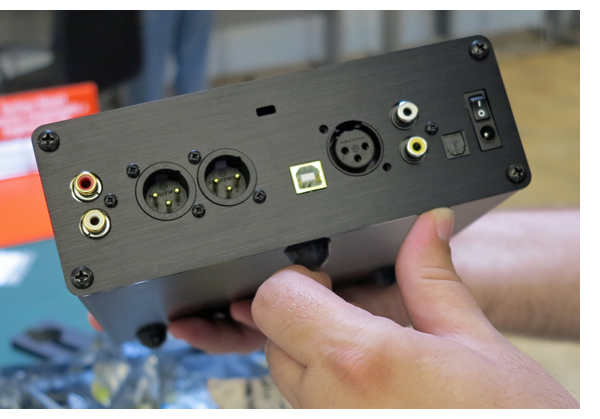
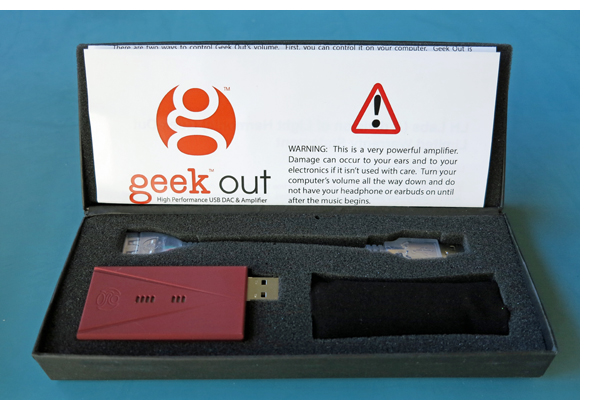
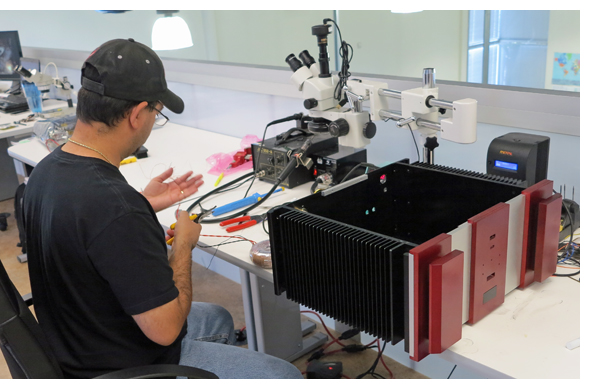
 The VK-3000SE from Delaware’s Balanced Audio Technology (BAT) is a vacuum-tube linestage and a solid-state amplifier rolled into one. The latter offers 150 watts per channel into 8 ohms and twice that into 4 ohms. For the preamp section, BAT utilizes a pair of Russian 6H30 valves, which are concealed inside the unit. Some refer to these military-grade tubes as “super tubes” for their longevity and durability; they’re also alleged to have a whopping 10,000-hour lifespan. In the unlikely event of a bad tube, BAT stands behind them with a one-year warranty. (The VK-3000SE itself comes with five-year warranty.) The unit weighs in at 50 pounds and the chassis measures 19 by 5.75 by 15.5 inches. It’s priced at $7,995, which is pretty reasonable considering the amp’s broad capabilities.
The VK-3000SE from Delaware’s Balanced Audio Technology (BAT) is a vacuum-tube linestage and a solid-state amplifier rolled into one. The latter offers 150 watts per channel into 8 ohms and twice that into 4 ohms. For the preamp section, BAT utilizes a pair of Russian 6H30 valves, which are concealed inside the unit. Some refer to these military-grade tubes as “super tubes” for their longevity and durability; they’re also alleged to have a whopping 10,000-hour lifespan. In the unlikely event of a bad tube, BAT stands behind them with a one-year warranty. (The VK-3000SE itself comes with five-year warranty.) The unit weighs in at 50 pounds and the chassis measures 19 by 5.75 by 15.5 inches. It’s priced at $7,995, which is pretty reasonable considering the amp’s broad capabilities.

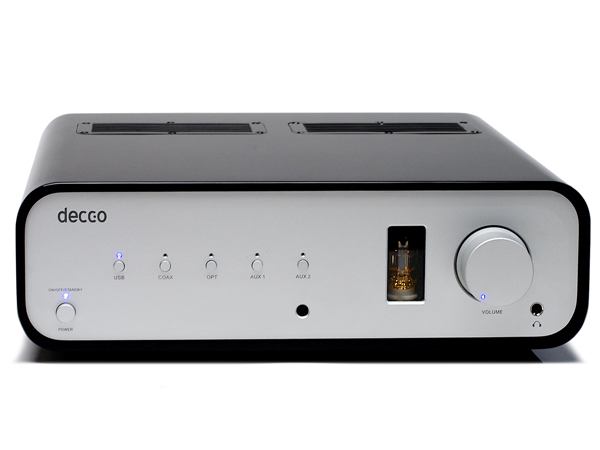 Peachtree Audio is proud to announce that for a limited time current Peachtree integrated amp owners can easily Trade Up from their old Nova or Decco series integrated amp to a new and improved novaSE model. Customers will receive a generous credit for their current Peachtree integrated when they trade it in towards a new nova125SE or nova220SE – without the hassles of selling their old amp.
Peachtree Audio is proud to announce that for a limited time current Peachtree integrated amp owners can easily Trade Up from their old Nova or Decco series integrated amp to a new and improved novaSE model. Customers will receive a generous credit for their current Peachtree integrated when they trade it in towards a new nova125SE or nova220SE – without the hassles of selling their old amp.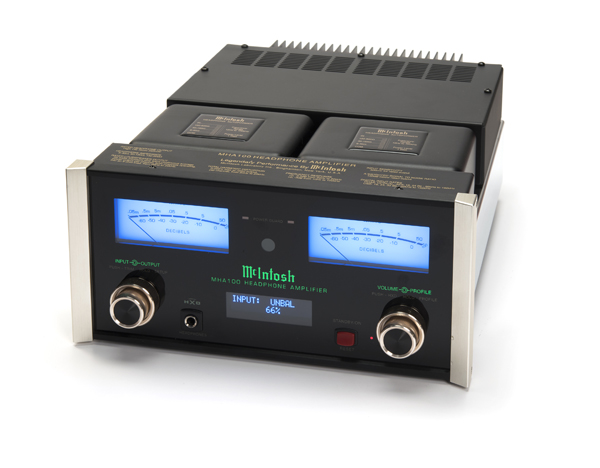 I can’t believe what I’m hearing from my little pair of Energy satellite speakers, which I think I paid $150 for about a decade ago. Dr. Dre’s 2001 should not be thumping like this through these speakers. The cause of this magic trick? McIntosh Lab’s new MHA100, which delivers 50 potent watts into 8 ohms for speakers.
I can’t believe what I’m hearing from my little pair of Energy satellite speakers, which I think I paid $150 for about a decade ago. Dr. Dre’s 2001 should not be thumping like this through these speakers. The cause of this magic trick? McIntosh Lab’s new MHA100, which delivers 50 potent watts into 8 ohms for speakers. 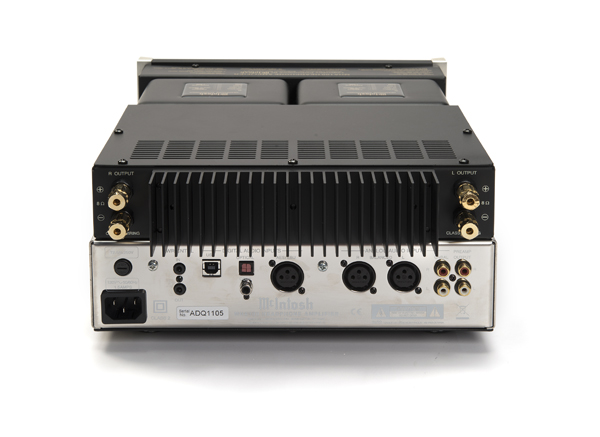
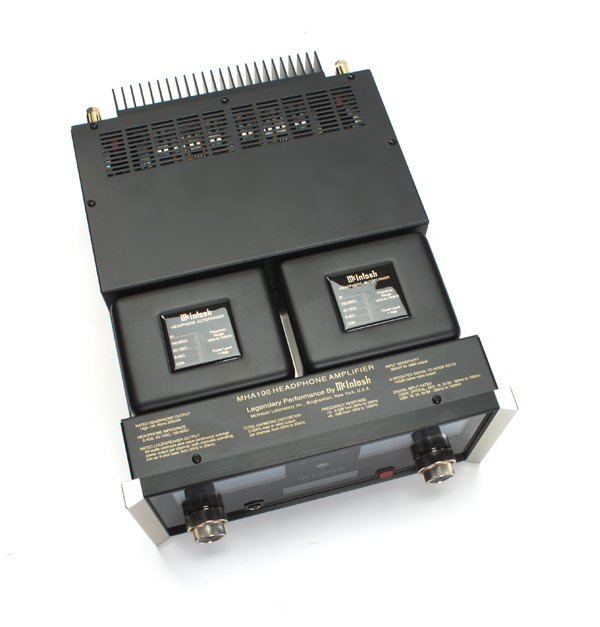
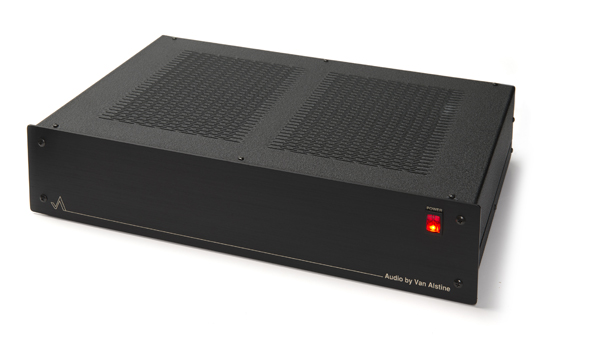 Though famous for his tube designs, Frank Van Alstine is no slouch with solid state either. With passive EQ and no coupling capacitors, this American made phonostage offers no frills high performance. And MC owners take note, AVA can customize the Vision to the loading requirements for your cartridge. We are currently using this with the legendary Denon 103 and it offers mega performance.
Though famous for his tube designs, Frank Van Alstine is no slouch with solid state either. With passive EQ and no coupling capacitors, this American made phonostage offers no frills high performance. And MC owners take note, AVA can customize the Vision to the loading requirements for your cartridge. We are currently using this with the legendary Denon 103 and it offers mega performance. 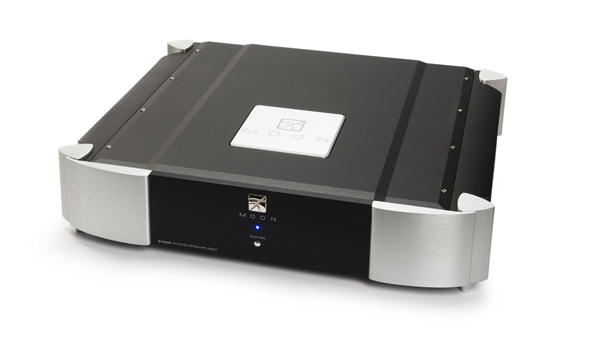 Bouncing between St. Vincent’s current and last album, I can’t help but be in awe of the staying power of the vinyl record. Thanks to the many manufacturers, like Simaudio, who have not only kept the faith, but continue to innovate and refine their designs, spinning records is better than ever in the year 2014 than it ever was. Who knew? Even better much of the technology in flagship designs is making its way down the food chain to more affordable designs like the MOON 610LP here.
Bouncing between St. Vincent’s current and last album, I can’t help but be in awe of the staying power of the vinyl record. Thanks to the many manufacturers, like Simaudio, who have not only kept the faith, but continue to innovate and refine their designs, spinning records is better than ever in the year 2014 than it ever was. Who knew? Even better much of the technology in flagship designs is making its way down the food chain to more affordable designs like the MOON 610LP here.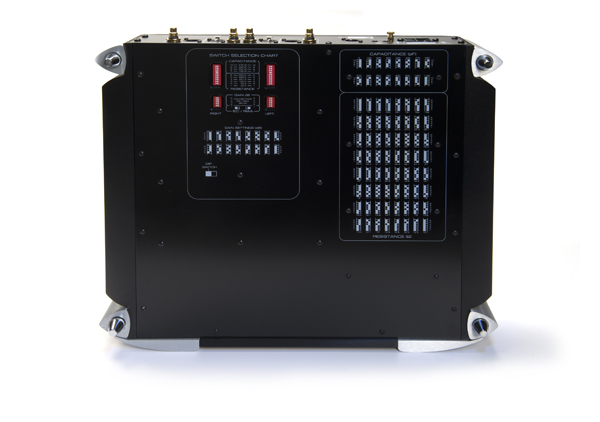
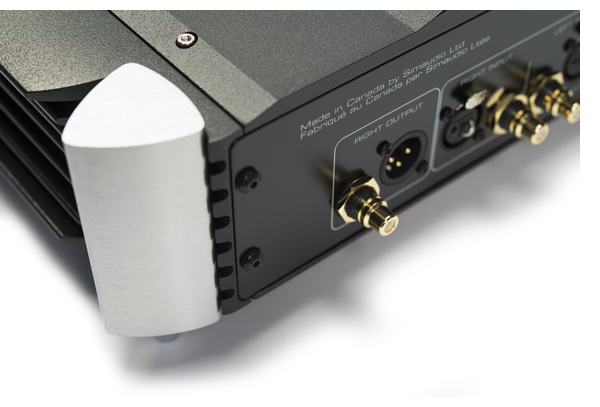
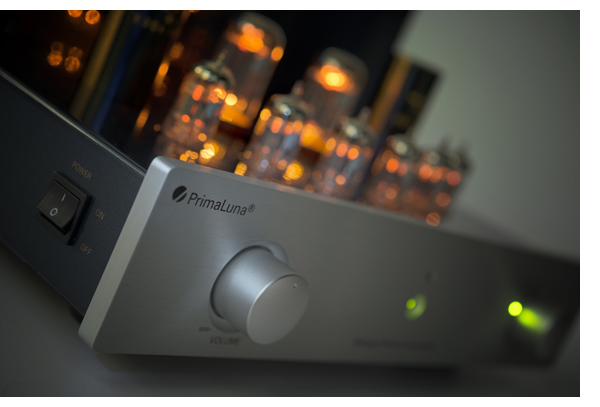 PrimaLuna and I go way back; back before
PrimaLuna and I go way back; back before 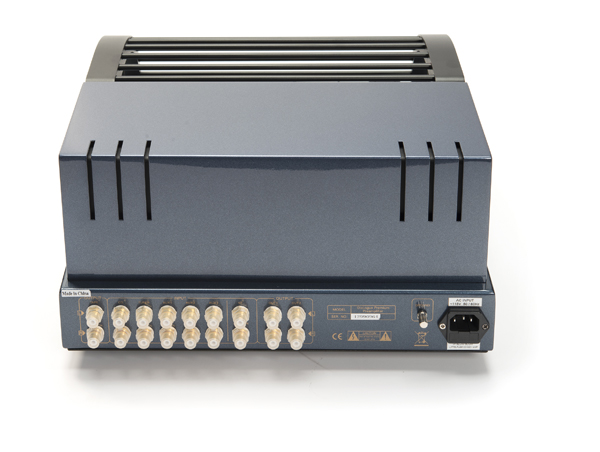
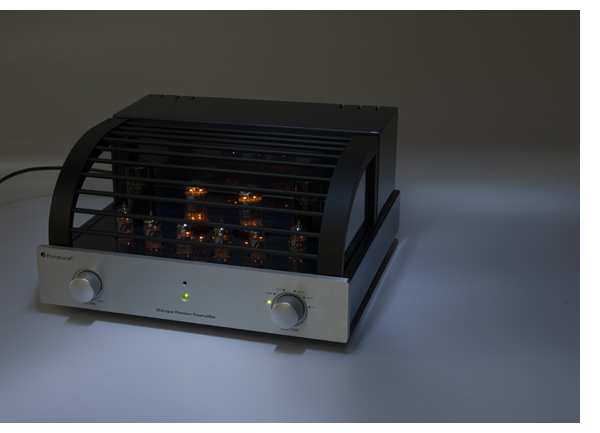
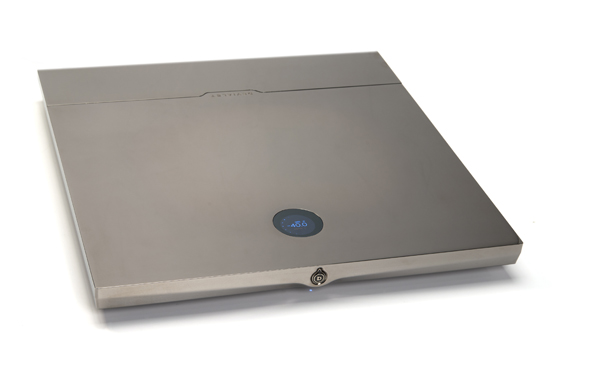 Everything we loved about the
Everything we loved about the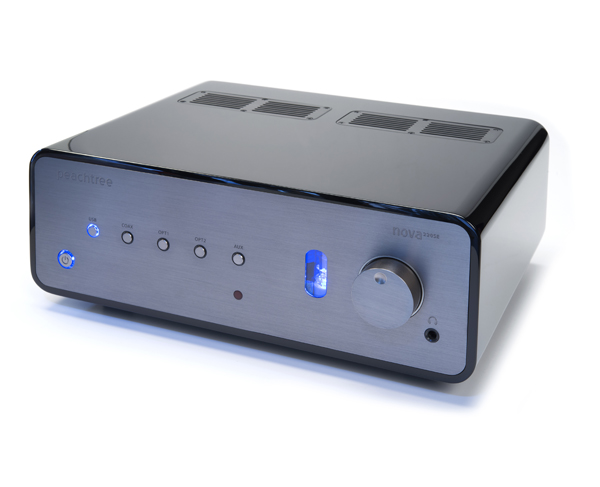 The idea of an integrated amplifier has always appealed to me. Combining the amplifier and preamplifier sections in a properly isolated design makes economic sense—just sit back and enjoy the music without the bleed-through of a tuner.
The idea of an integrated amplifier has always appealed to me. Combining the amplifier and preamplifier sections in a properly isolated design makes economic sense—just sit back and enjoy the music without the bleed-through of a tuner.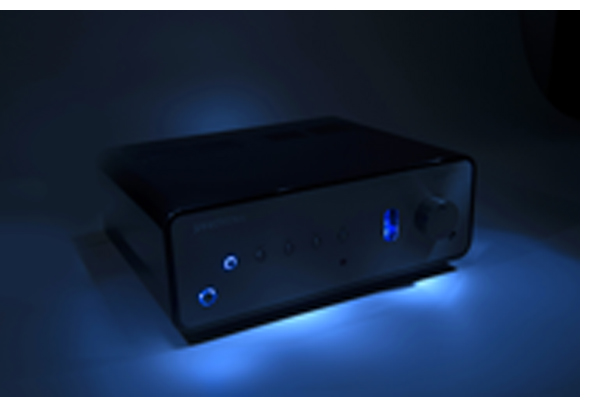
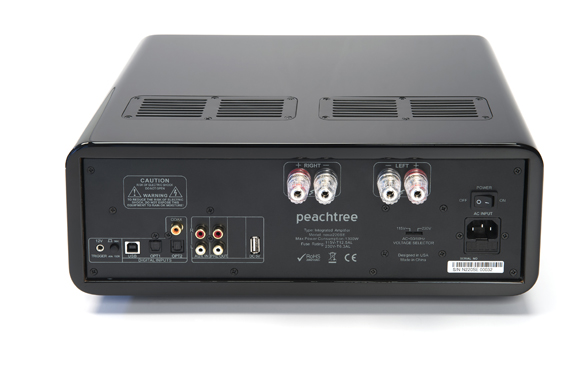
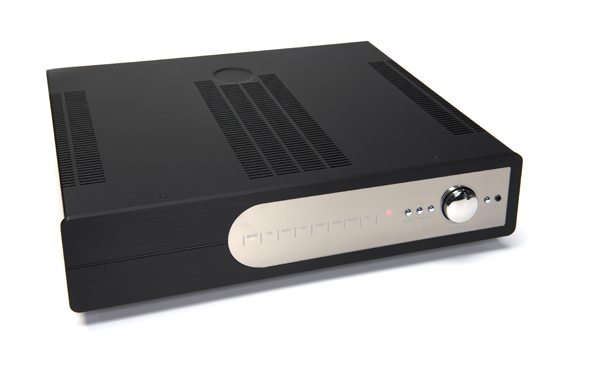 British hi-fi buffs know Roksan Audio as a company that offers extraordinary value and sonics that challenge far pricier competitors. The company, located just northwest of London, takes a complete-system approach, with analog and digital sources, amplification, speakers, cables, and power supplies among its product lineup—and it is currently making a push into the North American market.
British hi-fi buffs know Roksan Audio as a company that offers extraordinary value and sonics that challenge far pricier competitors. The company, located just northwest of London, takes a complete-system approach, with analog and digital sources, amplification, speakers, cables, and power supplies among its product lineup—and it is currently making a push into the North American market.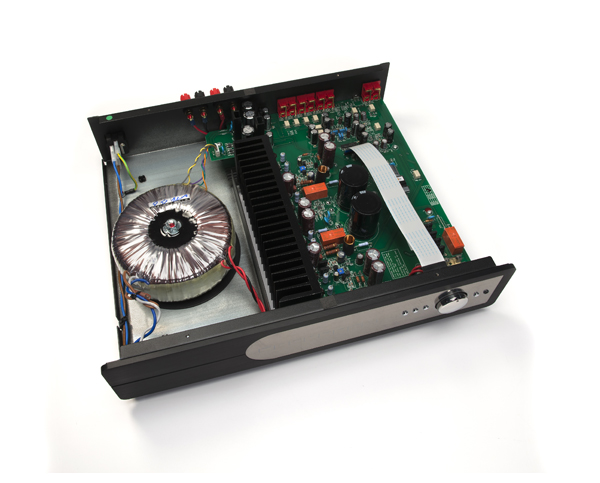
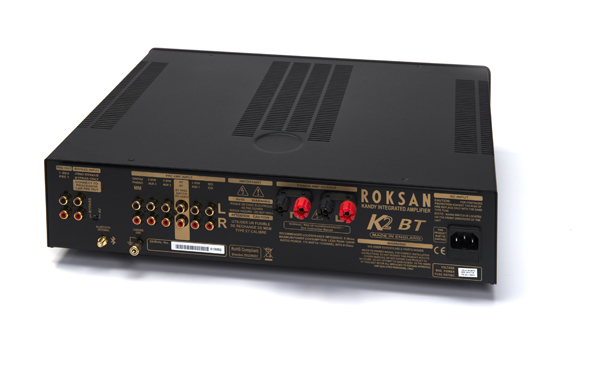
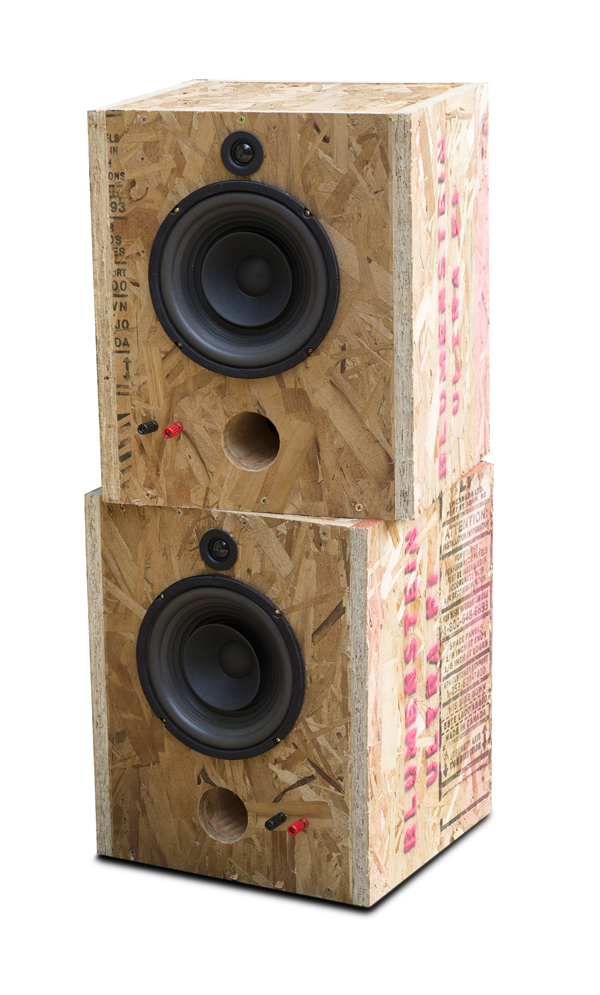 One of the signs of a mature audiophile is whether they have a true garage system—not the wife’s old Lloyd’s faux-wood tuner/record player/cassette, but an actual receiver, disc player and speakers. Chances are the electronics are at least 20 years old, but the true pride is often in the speakers. Placement usually either involves a couple of L-brackets or, for the more adventurous, eyehooks and some length of chain. It can be problematic when the speakers are needed for an outdoor event away from the garage/workspace. I would not recommend taking your home speakers to the park gazebo.
One of the signs of a mature audiophile is whether they have a true garage system—not the wife’s old Lloyd’s faux-wood tuner/record player/cassette, but an actual receiver, disc player and speakers. Chances are the electronics are at least 20 years old, but the true pride is often in the speakers. Placement usually either involves a couple of L-brackets or, for the more adventurous, eyehooks and some length of chain. It can be problematic when the speakers are needed for an outdoor event away from the garage/workspace. I would not recommend taking your home speakers to the park gazebo.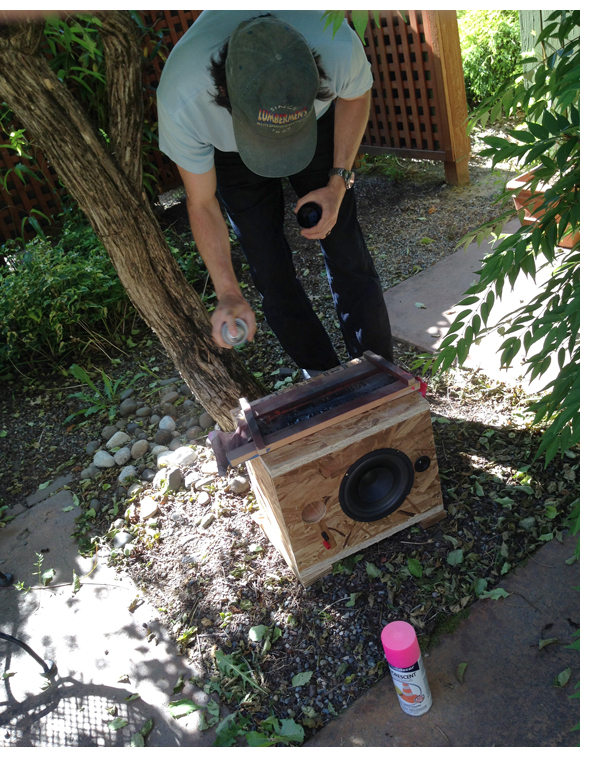
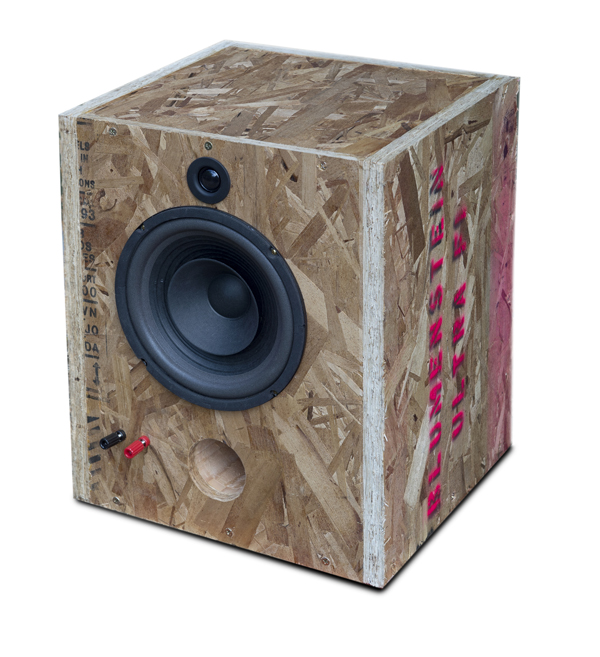 Publisher’s note: After auditioning the Thrashers with everything from an $88,000 pair of Pass Xs300s to my Sansui 771, I decided that I need them. Per Mr. Marcantonio’s suggestion, they are my new garage speakers. Rock on. —Jeff Dorgay
Publisher’s note: After auditioning the Thrashers with everything from an $88,000 pair of Pass Xs300s to my Sansui 771, I decided that I need them. Per Mr. Marcantonio’s suggestion, they are my new garage speakers. Rock on. —Jeff Dorgay Here at
Here at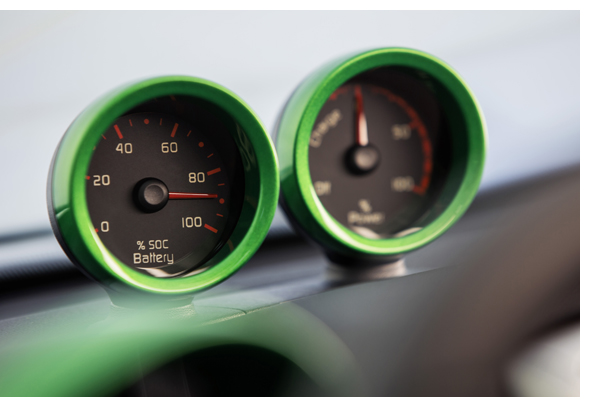
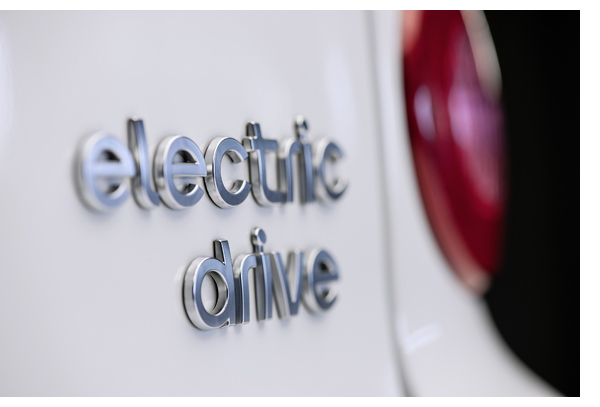

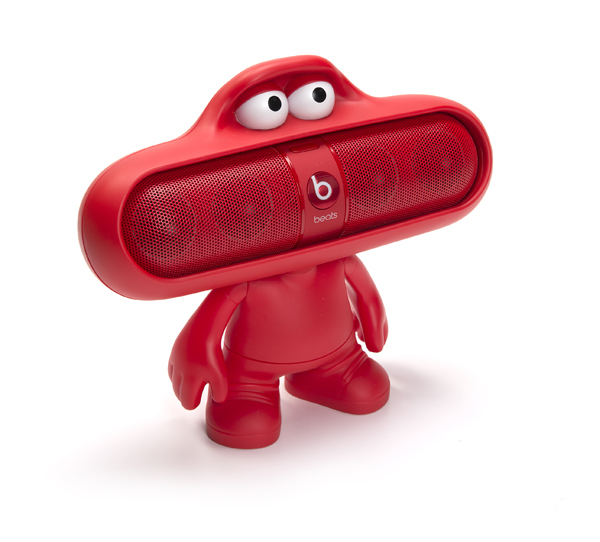 On one level, Beats has become the new Bose, in that everyone loves to slag Beats. But like the legendary Bose 901 speaker, which we reviewed a few years ago, most of the Beats stuff is pretty damn good and not worthy of the aggression thrown its way. I’ve got a Beats audio system in my Fiat Abarth and it sounds better than any other $900 car-stereo upgrade I’ve heard. Plus, it plays loud enough to overpower the growl of the Abarth’s turbo motor—no small feat.
On one level, Beats has become the new Bose, in that everyone loves to slag Beats. But like the legendary Bose 901 speaker, which we reviewed a few years ago, most of the Beats stuff is pretty damn good and not worthy of the aggression thrown its way. I’ve got a Beats audio system in my Fiat Abarth and it sounds better than any other $900 car-stereo upgrade I’ve heard. Plus, it plays loud enough to overpower the growl of the Abarth’s turbo motor—no small feat.